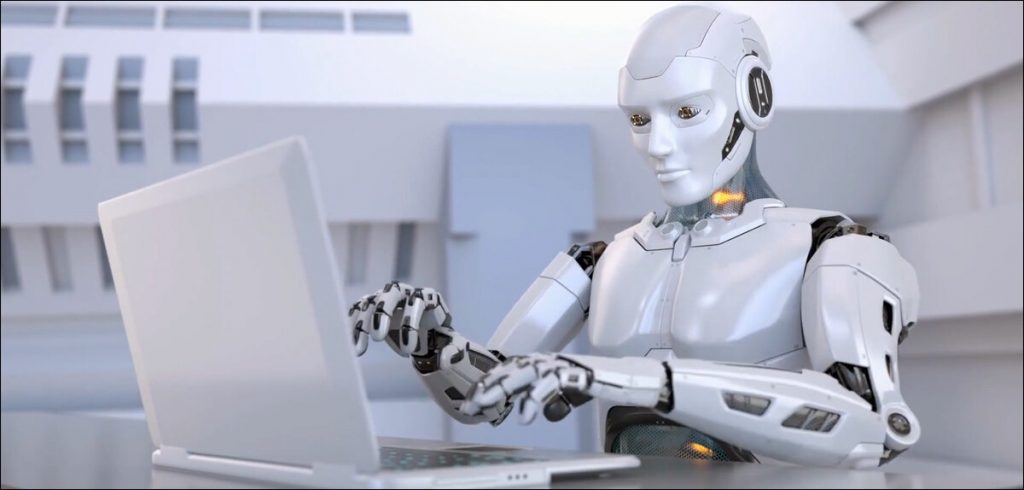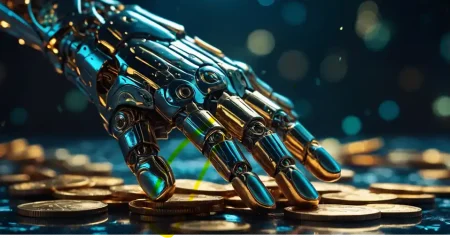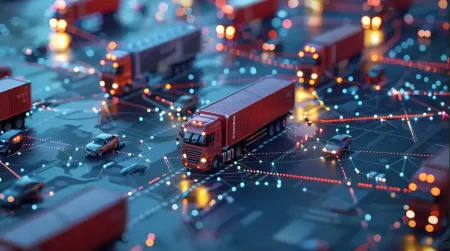As artificial intelligence becomes an integral part of the way we work and function almost overnight, Adarsh examines the pros and cons as well as the repercussions.
I’d like to begin this article with a confession. I’ve been writing for this website for over a year. After getting my list of article ideas approved, each article is written after lengthy and painstaking research. Every piece of data, fact and quote is checked and double checked after which it is constructed into an article that fits the narrative and the word count. Long story short, it’s a time-consuming activity.
Enter ChatGPT. And a thought crossed my mind. Why spend all that time and effort researching and writing when I can generate an article with just a few prompts. And that’s what I did. My last article came out faster and with considerably less effort and I must grudgingly admit it also read better than my usual ones.
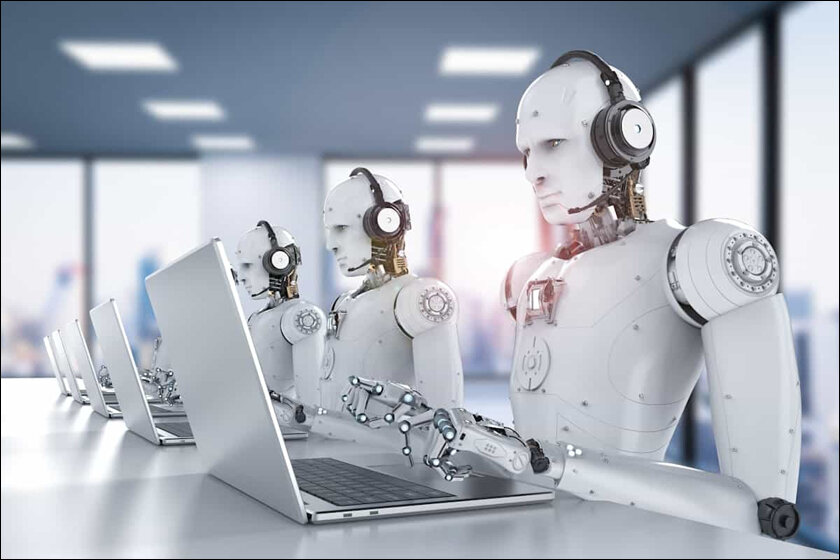
It was all going well. Until I got an email from my editor. Followed by a phone call. The role of AI in generating my articles had been detected and I was in big trouble. From being oversmart and generating readymade articles, I was now stupid enough to risk getting fired.
And that’s a quick example of the positives and negatives of the impact that artificial intelligence is increasingly exerting at the workspace.
AI’s Role at the Workplace
Artificial Intelligence or AI is an all-encompassing term for a bunch of technologies like machine learning, natural language processing and robotics among others. These technologies have the potential to simplify our lives by transforming how we live and work.
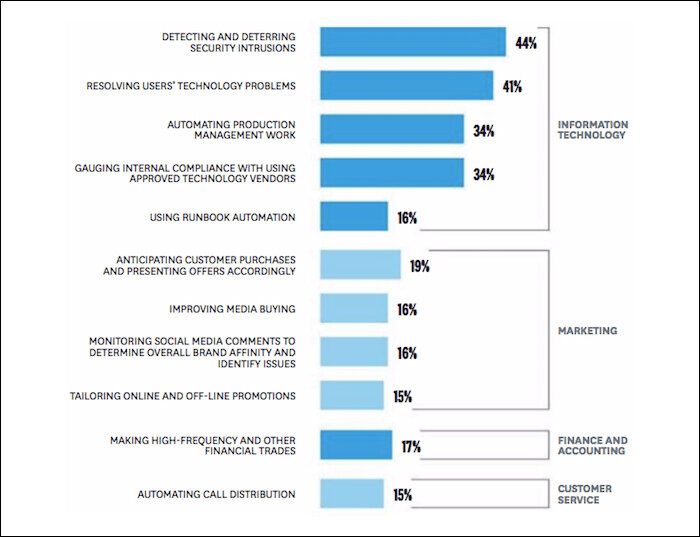
According to a recent report by Goldman Sachs, 67% of all jobs in the USA and Europe, and approximately 300 million positions worldwide could be taken over by AI very soon. The report also states that 25% of all existing jobs can effortlessly be handled by generative AI.
Pros & Cons of AI taking over
There are plenty of positives and negatives to AI taking over from humans.
Sectors like healthcare, education and finance are already benefiting from the impact of AI. For instance, AI algorithms can go through medical data to notice patterns and predict patient outcomes. In education, AI-powered tutoring systems can be adapted to each student’s learning styles as well as provide personalized feedback and support.
Apart from that, it frees up time and assets which can then be employed for more filling and creative tasks. Human ineffectiveness and errors can also be removed from the equation by using AI.
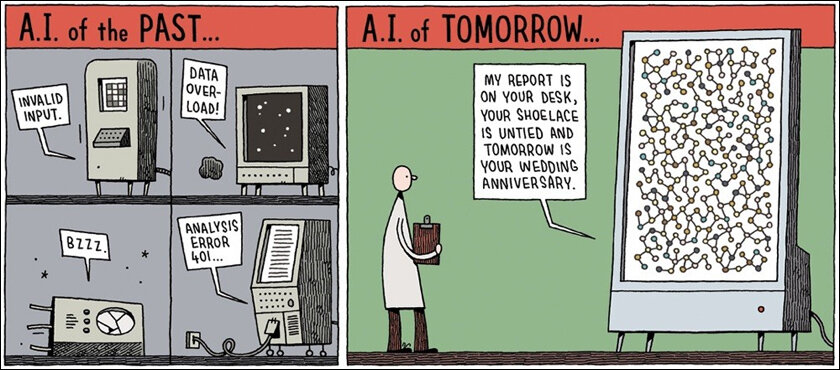
But that being said, it has its list of cons too. The obvious one is the loss of human jobs and the adverse impact it will have on the families. Widespread unemployment will in turn lead to economic inequality and social unrest
Another lesser-known issue with AI systems is how it can cause societal biases and inequalities. Marginalized groups of people might face further discrimination and social exclusion if AI algorithms take existing biases into account.
There is also the ethical issue about AI’s decision making. As these systems advance, they will autonomously begin to make decisions and solve problems which brings up the question about who is responsible for the actions.
There is also the fear of AI being used for malevolent reasons like cyber fraud or surveillance.
3 Ways In Which AI has changed the Workplace
1. Data Application
The advancement of AI has changed how we view, value and monetize information. Through data driven decision making, AI is changing the competitive landscape and shifting expectations for customers.
Since data can be extremely complex, there are data stewards who work dedicatedly to make data-led insights more accessible and comprehensible for the entire company. With the need to relay and interpret data faster than ever, this has led to data influencers coming into existence.
2. Analytics Drive Innovation
These days, customer expectations have reached a point where they expect data insights in real time. The advancement of streaming analytics, edge analytics and other innovations has made meeting those expectations a reality. This has led to responsiveness that ranges from optimal customer experiences to life-saving emergency responses.
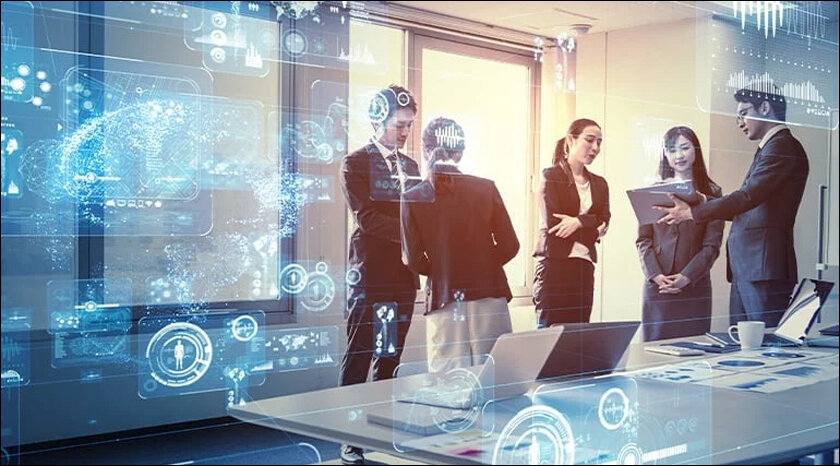
The use of AI has also added a new dimension to the roles of many employees. More jobs are now focused on managing and implementing strategic initiatives while analytic tools automate and scale data to facilitate better decision making.
3. Intelligent Machines & Pattern Recognition
AI capabilities range from implementing image recognition to analyzing consumer spending behavior for fraud. Even the smallest changes to achieve more focused insight into trends and patterns lets powerful AI capabilities yield big results from complex data sets.
Predictive diagnostics are also changing the way we find answers by allowing increased modeling capabilities to shine. As a result, employees have relevant data at their fingertips and benefit from reduced research time and a lighter workload.
The Final Word
At the end of the day, the advancement of AI is a double-edged sword for humanity. While it makes our lives easier, it will also cost us our jobs. And with AI still advancing each passing day, who’s to say what the future holds!
What is your opinion? Do you think the advancement of AI is good or bad? Let us know in the comments.
In case you missed:
- You can Now Create a Video From a Single Image!
- OpenAI is now Focussing on Superintelligence!
- Traditional Learning Making a Comeback? Kerala Bans WhatsApp Study Groups
- Microsoft’s 2025 Work Trend Index reveals the rise of Frontier Firms
- Should Chatbots have Rights? Ethicality vs Practicality
- Apple Intelligence to increase Global Reach with Multilingual Support
- AI and Loneliness: Culprit or Cure?
- India’s AI Ambitions in the Spotlight amidst DeepSeek’s Disruption
- Heavenly Bytes: Is AI the new Medium to God?
- Meta AI launches on WhatsApp & Insta in India




